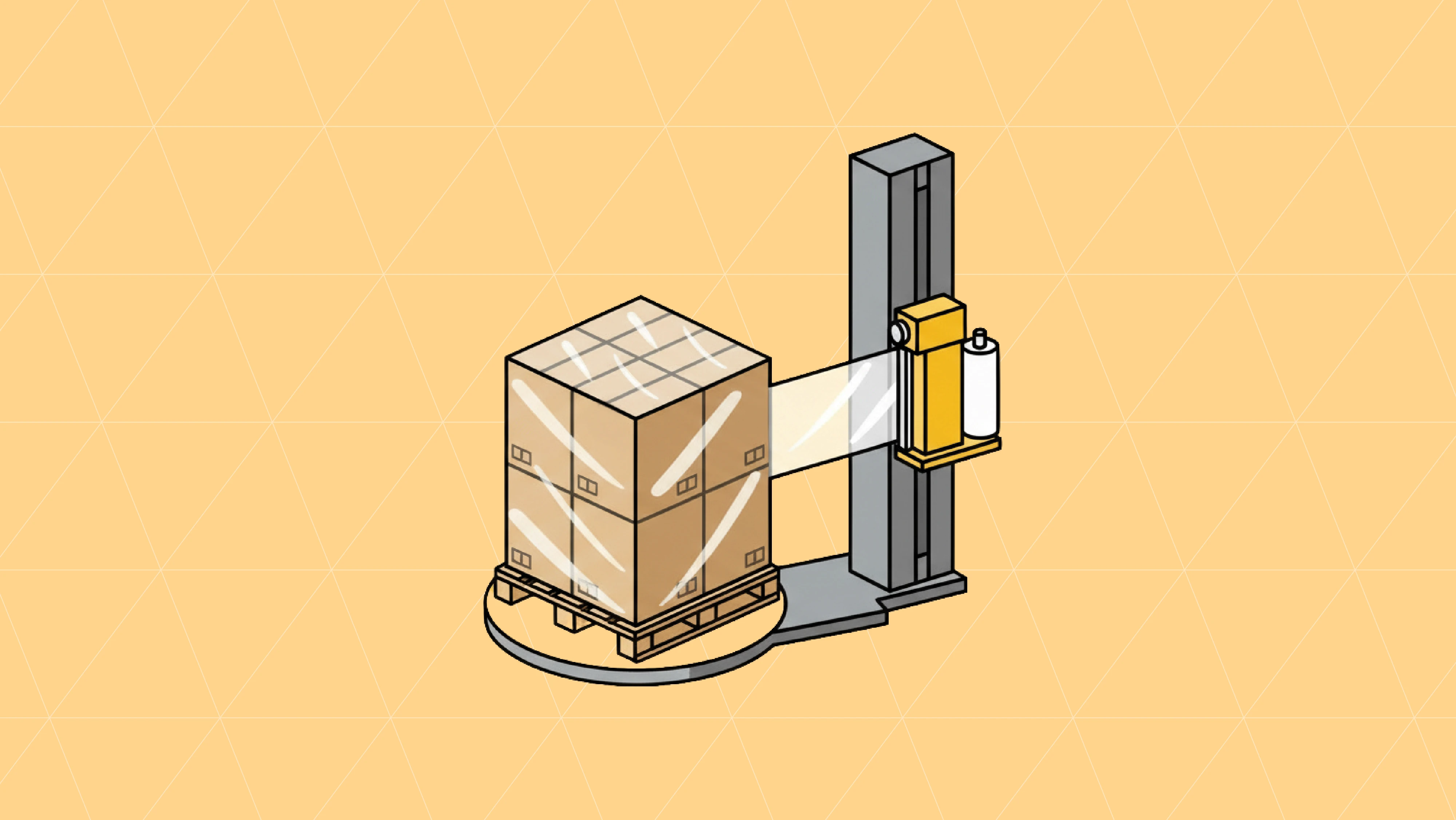For retail businesses, the arrangement of products within a store significantly impacts sales performance. Many new retailers overlook this crucial aspect, focusing instead on pricing strategies while neglecting how effectively they use their physical space. This oversight can be costly, especially when store owners are uncertain about customer purchasing patterns.
What is a Planogram?
A planogram (also known as a POG or shelf space plan) serves as a visual guide that designates the optimal location for each product group to stimulate sales. Think of it as a detailed blueprint where every item has its specific position based on consumer research.
When implemented correctly, planograms in retail stores offer two major advantages:
Increased overall revenue
Optimized space utilization
Maximizing Floor Space Efficiency with Planograms
Creating an organized retail environment through planogramming helps customers locate desired items quickly. Beyond practicality, a well-designed planogram creates a compelling visual experience that can transform first-time shoppers into loyal patrons.
Effective planogramming eliminates "dead space" by converting every corner into a potential sales spot. These strategically placed displays act as both guideposts for customers seeking specific products and opportunities to encourage additional purchases.
With thoughtful planogram implementation, a retail store becomes an interconnected network where purchasing one item naturally guides customers toward complementary products.
Sales Growth Through Planogramming
While increasing sales is the ultimate goal, retailers should consider the specific benefits that planogramming provides.
A clear planogram improves staff efficiency during restocking operations. Having a specific product arrangement reduces costs as employees require less time to replenish inventory.
Planogramming also strengthens inventory management and reduces the risk of stock depletion. For instance, a comprehensive planogram establishes the foundation for a competitive consumer goods supply chain.
Additionally, planogramming helps staff stay current and responsive when creating product displays. Faster reaction times increase the chances of capturing consumer attention when particular items gain popularity.
Beyond customer benefits, a planogram serves as a communication tool that helps retailers better organize operations and improve productivity.
How to Create a Planogram
Large retailers like major department stores employ dedicated planogrammers. Smaller businesses that cannot afford full-time experts typically assign this responsibility to visual merchandisers or consult with external specialists.
Many consulting firms offer retail templates that simplify the creation of customized planograms. Since these templates are research-backed, working with such companies is often more efficient than starting from scratch.
For retailers looking to develop their own planogram, consider these best practices:
Understand your target customer
Provide thorough staff training
Regularly assess and refine your planogram
Understanding Your Customer Base
Every retail establishment must have a clear understanding of its clientele. While general merchandise stores typically place items at eye level, specialty retailers might position products differently.
For example, a jewelry store doesn't want rings and necklaces stacked within easy reach. They prefer controlled accessibility that creates a more exclusive shopping experience.
Retailers sometimes overcomplicate this process and abandon it prematurely. Customer research provides valuable data that streamlines the process, preventing retailers from becoming discouraged by the scope of the task.
Staff Training Essentials
It's vital that employees become familiar with your store's layout strategy. Experienced staff members can contribute valuable insights during development since they understand both the store environment and customer preferences.
However, simply creating a layout plan and expecting employees to figure it out independently is insufficient. Retailers should provide clear guidelines and solicit feedback on potential improvements. Well-informed employees can create custom displays that maximize the effectiveness of the initial design.
Measure and Update the Planogram
Another beneficial practice involves regularly measuring and updating your planogram. The process is never truly complete, and retailers should generate monthly reports and adjust their planogram accordingly.
Proper analysis helps product suppliers remain connected with current demand patterns and anticipate consumer trends.
Planogramming for Suppliers
Although retailers typically implement planograms, suppliers can also benefit from understanding these principles. Planogramming helps suppliers strengthen relationships with retailers and generate additional business opportunities.
Suppliers use planogramming to identify current market trends and opportunities. By sharing this information with retailers, suppliers can create new placement opportunities for their products and secure additional orders.
Poor sales performance may result from suboptimal positioning rather than lack of demand. Over time, disappointing sales figures might lead retailers to reduce inventory orders. Planogramming helps suppliers identify problematic placement for their products.
Establishing communication and sharing planogram recommendations with retailers helps suppliers plan more effectively. Suppliers can take proactive measures by understanding product dimensions and packaging items to integrate seamlessly with the retailer's existing planogram.
Use Data to Create a Planogram
To create an effective planogram, both retailers and suppliers must carefully analyze relevant data. Advanced retail analytics software can help businesses generate greater profits through planogramming.
Different product categories perform better when positioned near complementary items. For instance, beverages typically sell better when placed near snacks rather than cleaning supplies. However, decisions become more nuanced when choosing between placing soft drinks or alcoholic beverages adjacent to snack foods.
Planogram complexity increases significantly in larger retail environments that sell diverse merchandise ranging from toys and construction tools to everyday household items.
In visual merchandising, a planogram represents just one component of the overall marketing strategy. Retailers should view planogramming as a specific tool rather than a universal solution to all marketing challenges.
More articles
Our platform is designed to empower businesses of all sizes to work smarter and achieve their goals with confidence.




